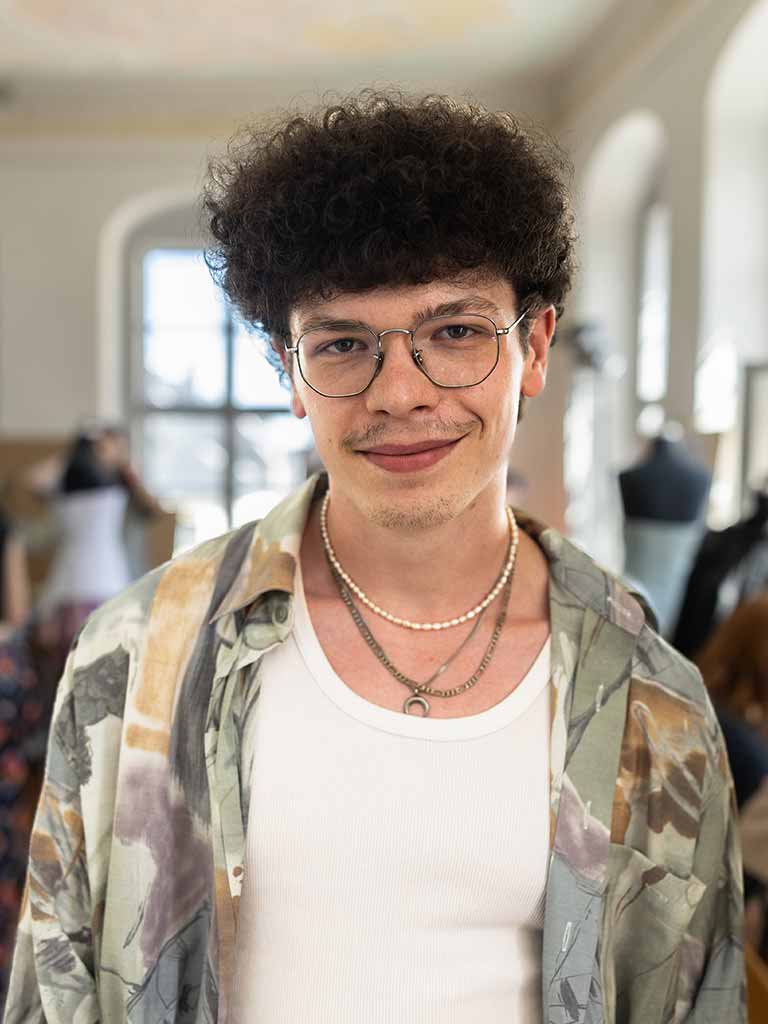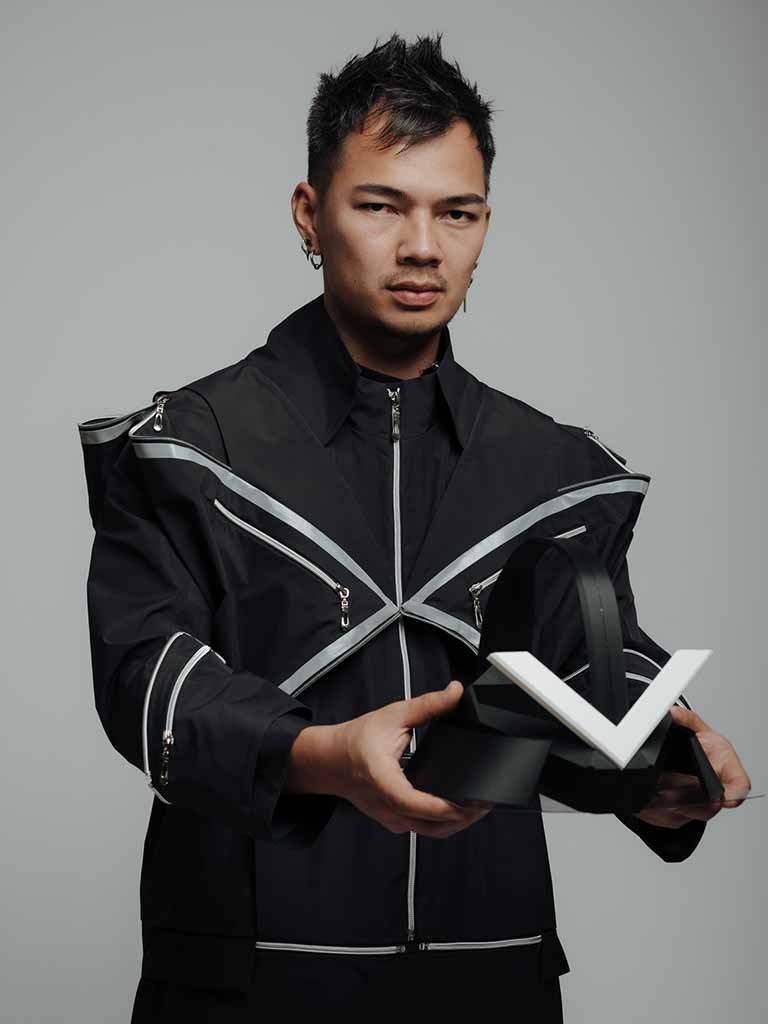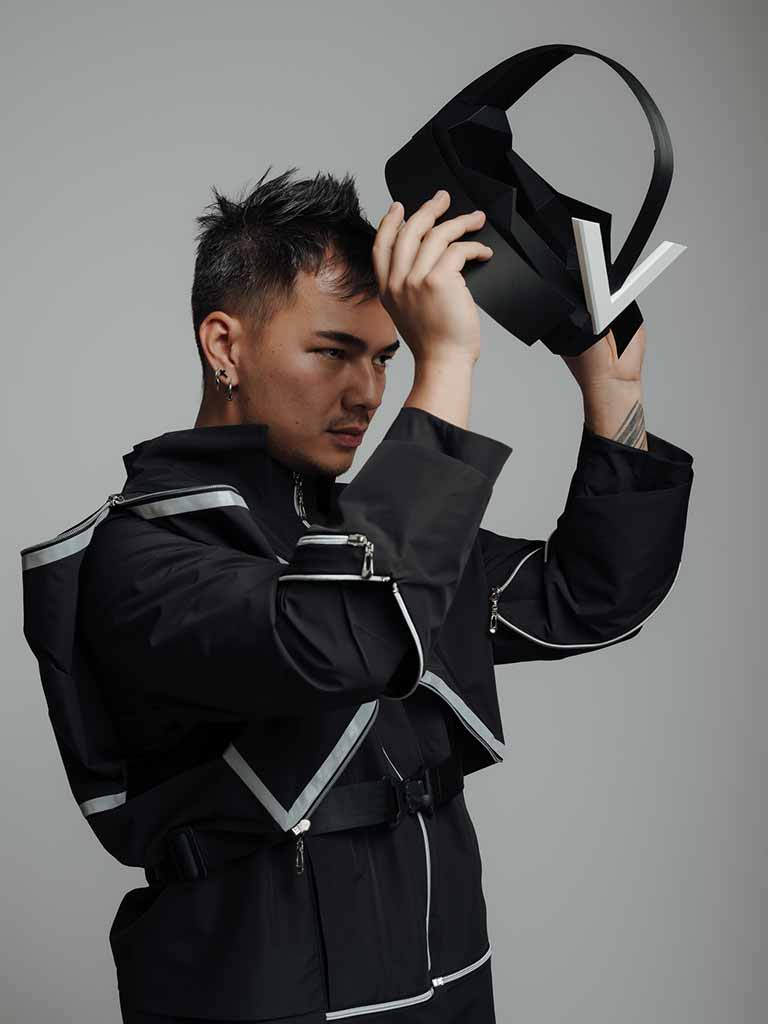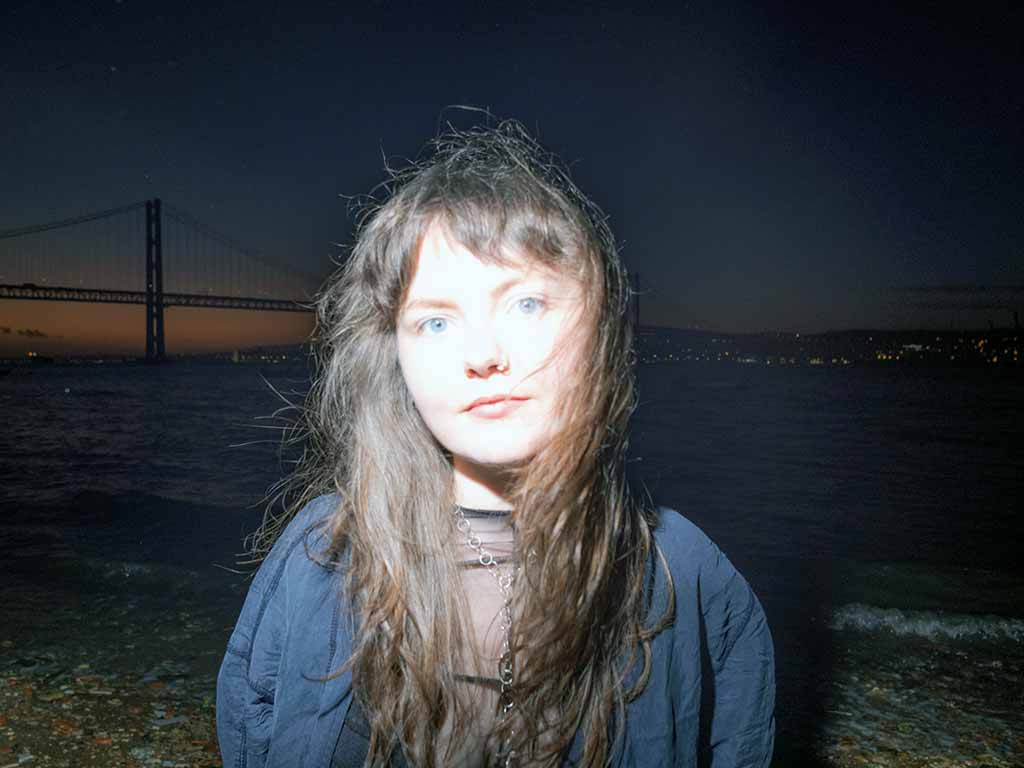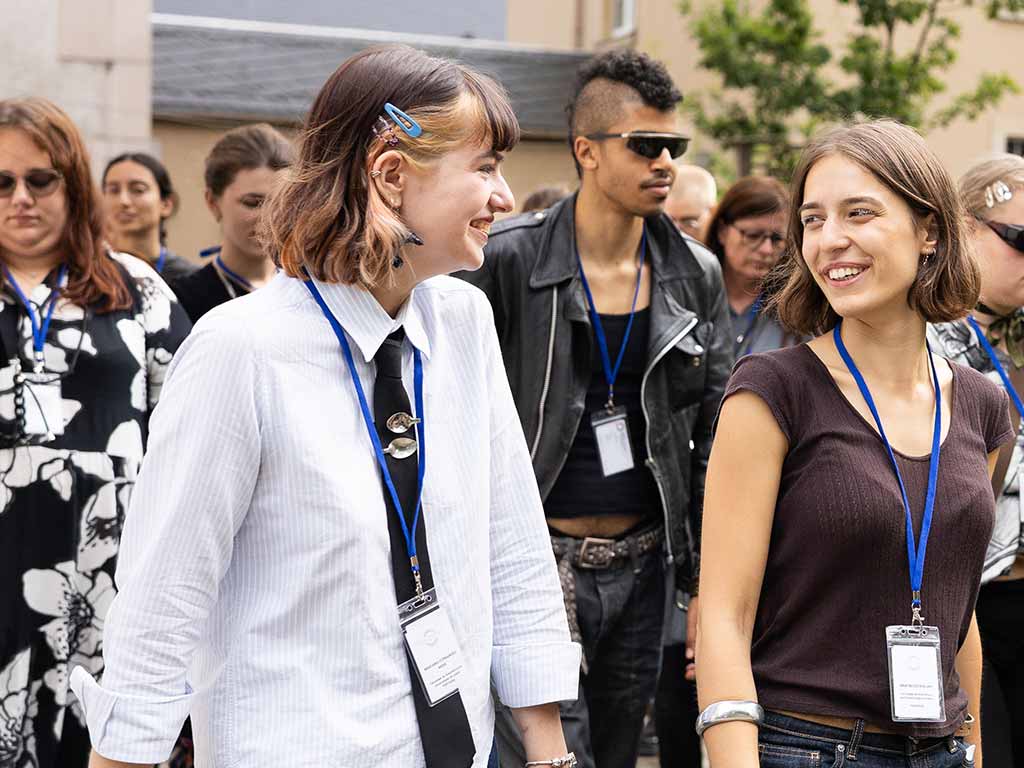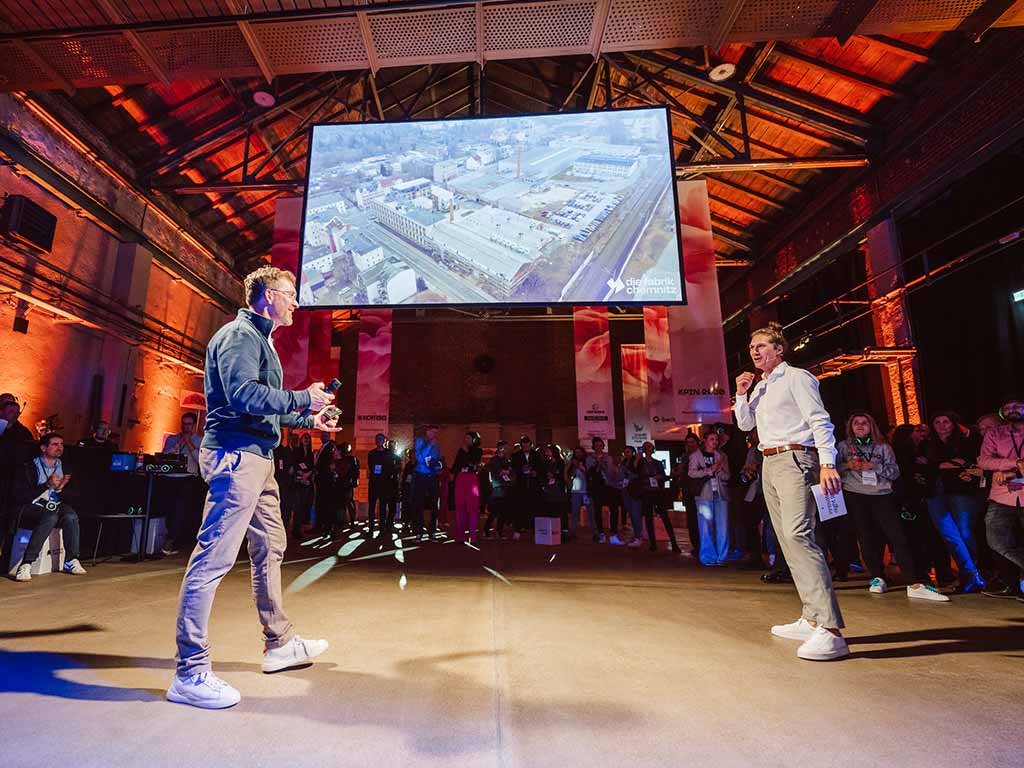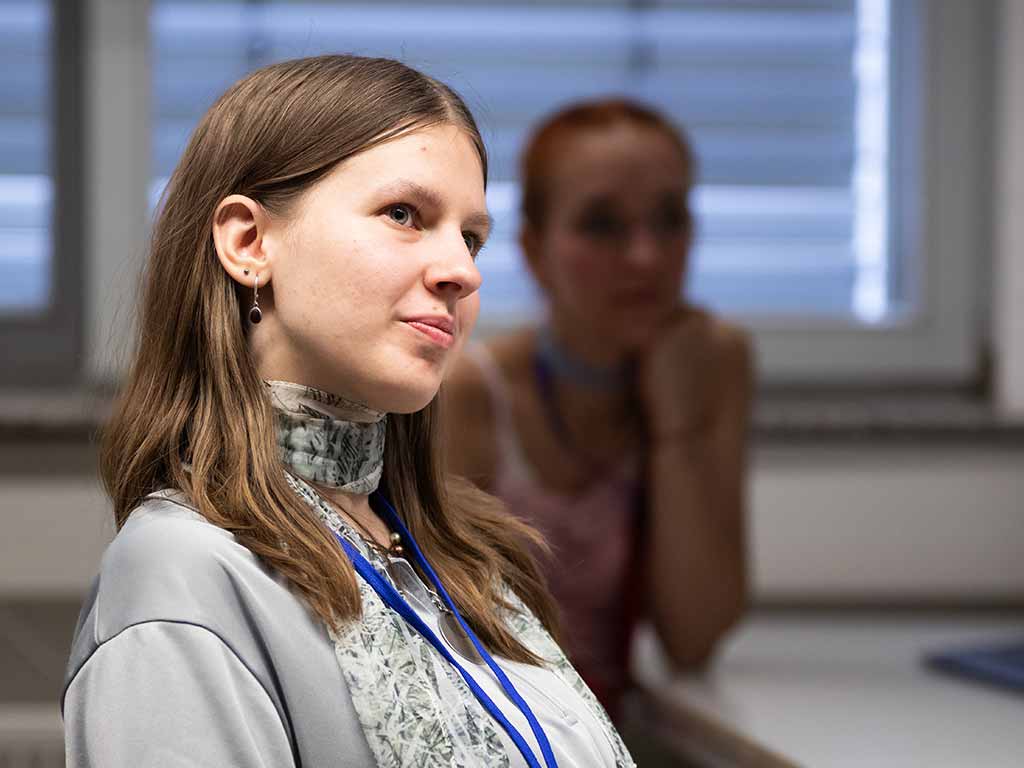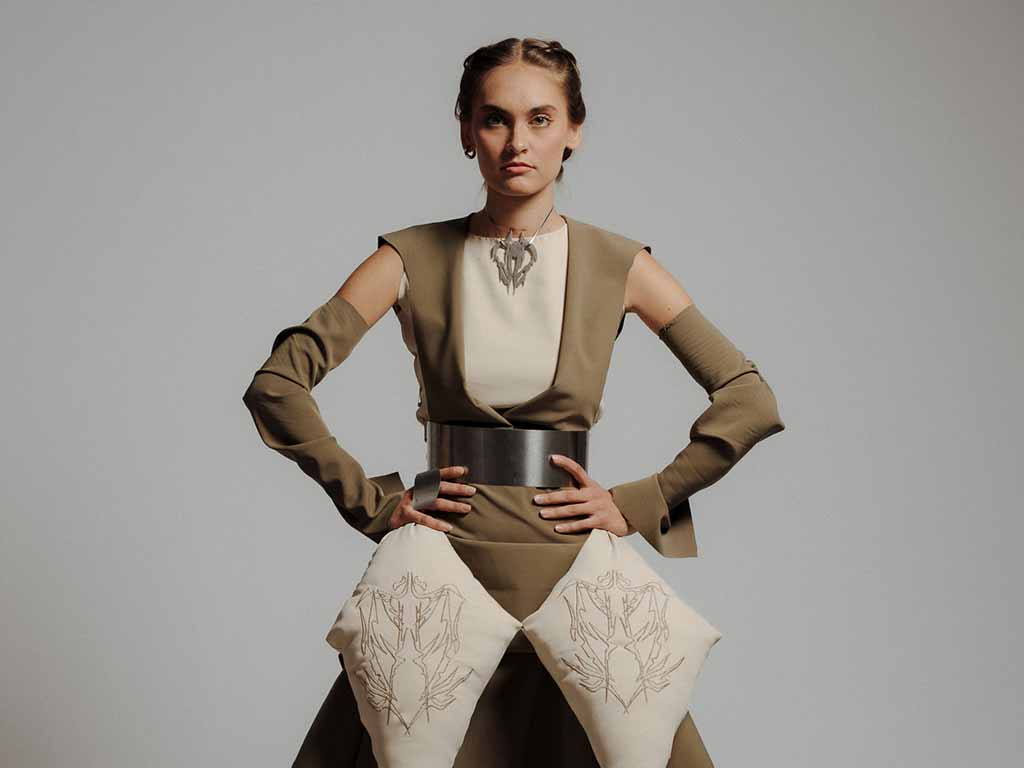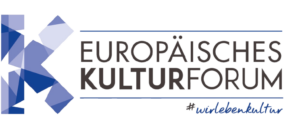
“I wanted to show that function and avant-garde are not a contradiction,” Vincent Röse about his project GORE LUX
Twenty-three-year-old Vincent Röse is in his fifth semester studying fashion design and works at the intersection of technology, functionality, and aesthetics. With his project “GORE LUX,” he presents a hybrid design that blurs the lines between digital and physical fashion: a waterproof bomber jacket that can be transformed into an avant-garde coat using folding techniques. In this interview, Vincent talks about his inspirations, the design process, and why sustainability, for him, begins primarily with a change in mindset.
Vincent, what was the basic idea behind your outfit?
Vincent Röse: I wanted to develop a garment that is transformable—a waterproof bomber jacket that can be transformed into an avant-garde coat without removing or adding any parts.
What themes or emotions are behind your design?
Vincent Röse: My goal was to think about sustainability differently. If you’re already working with environmentally harmful materials, you should at least give them a durable, multifunctional purpose. I also simply wanted to create a new perspective on clothing.
What inspired you?
Vincent Röse: I was inspired by my own previous folding project, where I assembled small pieces of fabric into a coat. I also like designers like Rick Owens and C.P. Company, who pursue similar functional, experimental approaches.
How did you develop your design?
Vincent Röse: I analyzed my earlier folding project and derived the basic form from it. Then I sketched various folding concepts and tested them in CLO3D to see which ones might work. Finally, I selected one of these concepts, perfected it digitally, and then implemented it physically.
What materials did you work with?
Vincent Röse: I primarily used Gore-Tex—a waterproof material—along with Gore-Tex tape to seal the seams, many zippers, and, of course, plenty of folding techniques.
What did the digital implementation look like?
Vincent Röse: I first created my 3D avatar, and luckily, it was perfect right away. I only had to learn that there’s a difference between creating an avatar for realistic simulations and one for rendered videos. I hardly used any textures; the animation was created using predefined movements in CLO3D and AI-generated video sequences.
How do the digital and physical elements of your project complement each other?
Vincent Röse: The physical model shows that my folding concept works. In the digital space, on the other hand, you can see how the outfit unfolds by itself, which would, of course, not be possible in reality.
Were there any challenges in combining real and digital fashion?
Vincent Röse: Not really. On the contrary, I found it very easy to combine both. The digital work helped me to implement the physical design even more precisely.
Which aspect of your project is the most innovative for you?
Vincent Röse: Definitely the folding concept, especially because the outfit remains completely waterproof despite the many zippers.
Which programs did you work with?
Vincent Röse: I used CLO3D, Shapr3D, Substance, DaVinci Resolve, and Adobe Firefly.
How did you present your project?
Vincent Röse: I created a short trailer video that shows the transformation of the jacket, not in an explanatory way, but aesthetically and visually understandable.
What was the biggest challenge during the project?
Vincent Röse: Time. I really worked day and night on it and canceled all social activities to finish the project.
What did you personally learn from the project?
Vincent Röse: I learned to design clothing with meaning and function. Fashion that not only looks beautiful but also serves a purpose.
How would you further develop your project if you had more time?
Vincent Röse: I am very satisfied with the result, but I would like to develop further variations—different functions, other materials, new folding ideas.
What opportunities do you see in digital fashion?
Vincent Röse: Digital fashion makes it possible to work more efficiently and to test concepts that were previously unthinkable. It creates freedom, and that, for me, is the future of design.

